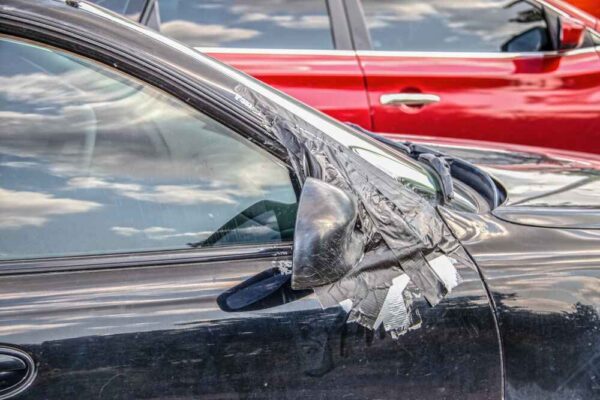What You Need to Know About Your Oil Tank
Oil Tanks: A Heated Topic
New furnace home oil tank regulations are leaving many homeowners frustrated. The new regulations set in place April 1, 2012 were no April Fool’s joke. Several changes to the Environmental Protection Act, have resulted in many residents being forced to replace their oil tanks to meet new regulations. The new criteria is very specific, eliminating many new tanks from meeting regulations even if the tank is only a few years old.
This expense can set you back $1800 -$2000 for a replacement tank and installation according to a quote from a local oil tank company. Not only is this an unexpected expense, but at the time of purchasing a new home, an outdated tank will stop a homeowner from being able to insure the home until the oil tank is replaced. This is something that should be carefully looked at by the home inspector during the site inspection. In many cases the buyer may be able to negotiate with the seller to have the tank updated prior to the purchase of the home. If the tank has already been updated, bonus!
Many homeowners may not be aware of these changes and therefore have an outdated oil tank and not know it. The importance of replacing an outdated tank is crucial in order to maintain your current insurance coverage. It is the homeowner’s responsibility to follow through with tank replacement even before been you have reminded by your insurance company. Unfortunately, since the regulations have been in place since 2012 if the insured were to have an oil claim or fire as a result of a leaking oil tank, the claim may be denied based on the fact that their oil tank does not meet the basic requirements. It is advised that homeowners are aware of the home insurance coverage that they have and what the policy limit includes.
A home oil tank is an above ground petroleum storage tank that has a capacity of 2200 litres or less, which is installed in a fixed location and is connected or intended to be connected to oil burning equipment.
Here are some are changes that were made to the oil tank specifications:
- All new or replacement tank installations outside must be non-metallic;
- All new or replacement tank installations inside must be double-walled or non-metallic;
- Oil burning equipment now includes water heaters, ranges and stoves;
- Identification tags that are stamped with an expiry year will now expire June 30 of that year.
A great idea to ease your queries is to contact your local insurance broker. They will be able to give you detailed information on what to look for to make sure your tank is up to code. If it needs replacing, they will also be able to provide recommendations to ease the process. Please remember only an approved installer can install, alter or remove a home oil tank.
For more useful information regarding your insurance, money saving tips, and industry related news, follow our McDougall Insurance & Financial blog at www.mcdougallinsurance.com.
Source: https://www.electrospec.ca/, https://www.gov.pe.ca/environment/index.php3?number=78109&lang=E,
One thought on What You Need to Know About Your Oil Tank
Leave a Reply
You Might Want to Read
June 15, 2025
Sideswipe Collision: Who Is at Fault in Sideswipe Accidents?
June 15, 2025
Least Depreciating Cars in Canada
June 5, 2025
Welcome to the Team Keyes Insurance



Eli Richardson
It’s great that you talked about oil tanks and how they must be up to code. Recently, my wife and I moved into another house, and it came with an oil tank. We’re not sure if the tank’s in good shape, so we’ll be sure to look for a professional’s help! Thanks for the advice on hiring professional tank installers for our home’s heating needs.